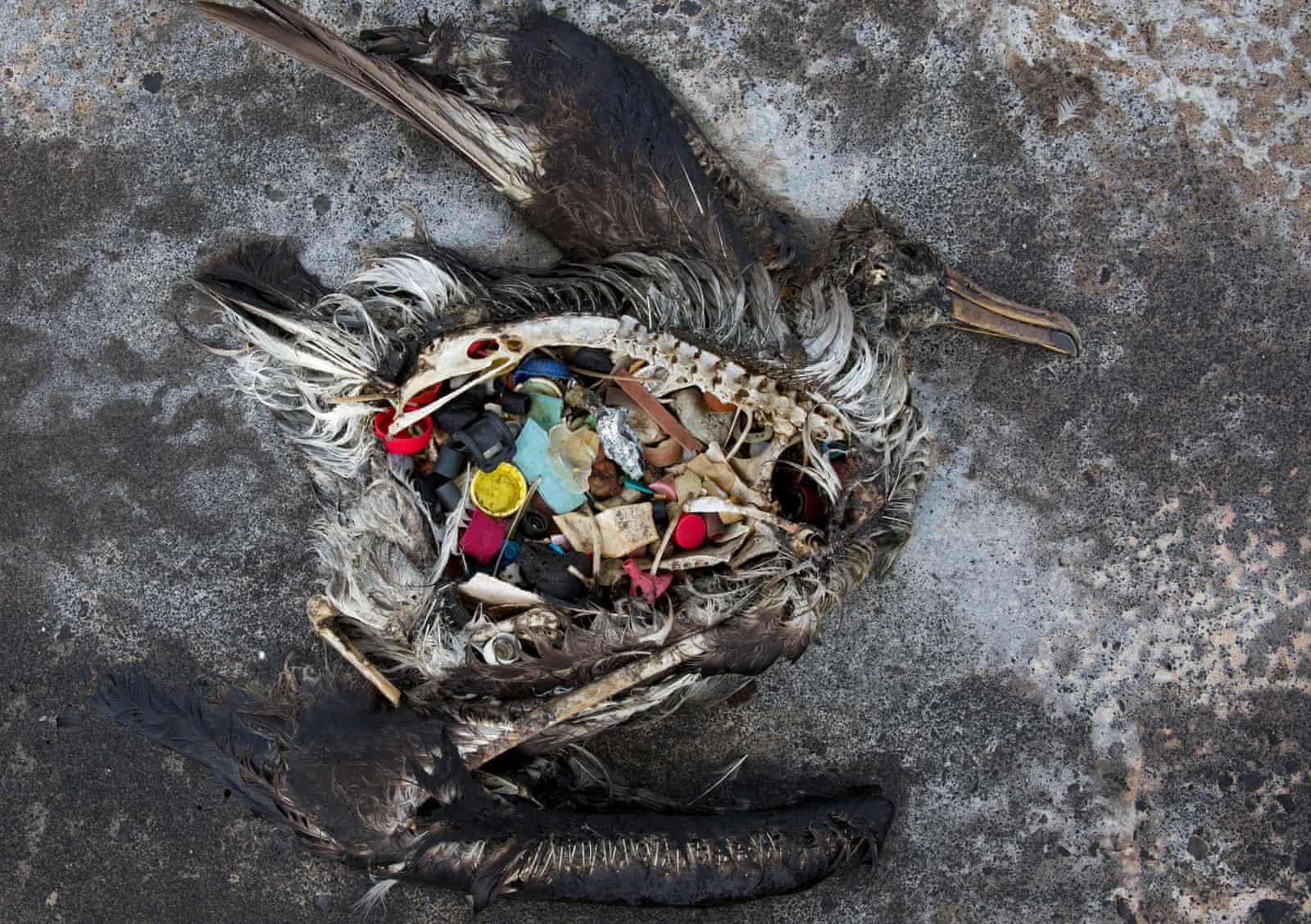With the enlightenment on the possible pollution that coffee wastewater can do to the environment in recent decades, there is a greater sense of urgency to mitigate the pollution. Hence, it is apt to introduce some wastewater treatment techniques that help reduce pollution derived from wet processing to conclude the Bean on a Journey series. Further discussions about the effectiveness of techniques will be discussed in the next series.
1. Physiochemical treatment
In recent years, physicochemical treatment has garnered popular votes from wastewater treaters, as it is efficient and effective in breaking down complex compounds in the wastewaters (Ijanu et al., 2020). Some examples of physicochemical treatment include:
-
zero-valent iron treatment
-
photo-fenton method
-
ultraviolet radiation catalysis
-
electro-oxidation
2. Biological treatment
Biological treatment has been widely practised, as it is effective in removing biological oxygen demand (BOD) in wastewaters (Ijanu et al., 2020), and cheaper to implement on a large scale (Muthukumar et al., 2021). Some examples of biological treatment methods include:
-
expanded granular sludge bed bioreactor
-
chemical coagulation and flocculation
-
adsorption
While the ion-exchange technique is not foreign to the wastewater treatment industry, it does not seem to be a widely adopted technique to treat coffee effluent. Ijanu et al. (2020) and Campos et al. (2021) briefly mentioned the technique in relation to coffee effluent and recognised the method as cheap and environmentally friendly.
4. Membrane filtration
Membrane filtration is commonly used to complement the other methods mentioned above. As per its name, membrane filtration filters sediments and large bacteria from the wastewaters (Pamula, 2018). Following this train of thought, the membrane is rendered useless when faced with chemical compounds that need to be separated (Ijanu et al., 2020).
While
there seem to be many options for wastewater treatment, many such techniques
are still not frequently employed in coffee plants. To increase the uptake of
these pollution reduction methods, instead of purely educating the types of
techniques available, it would be wiser to recommend a method that is most
desirable to their circumstance.


No comments:
Post a Comment